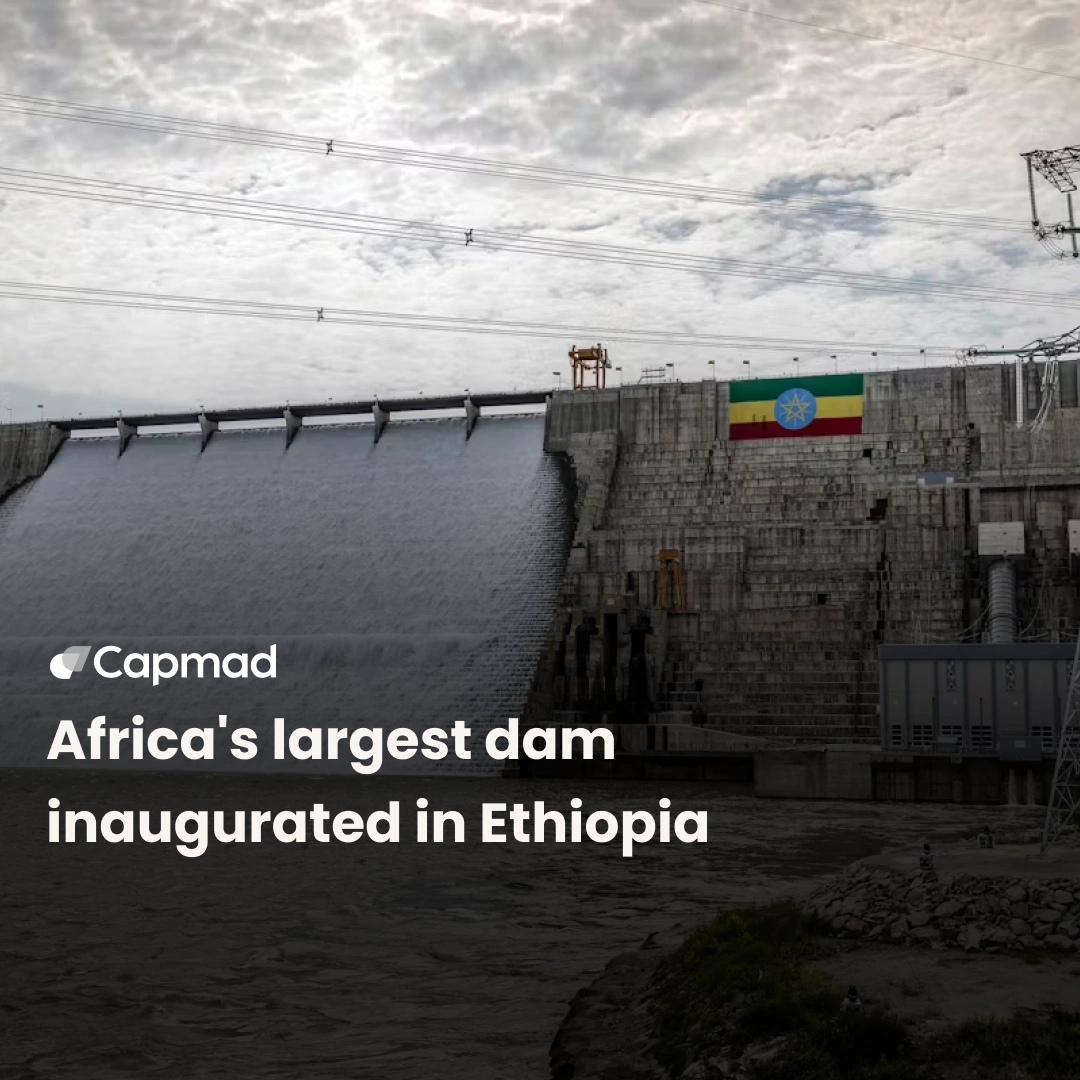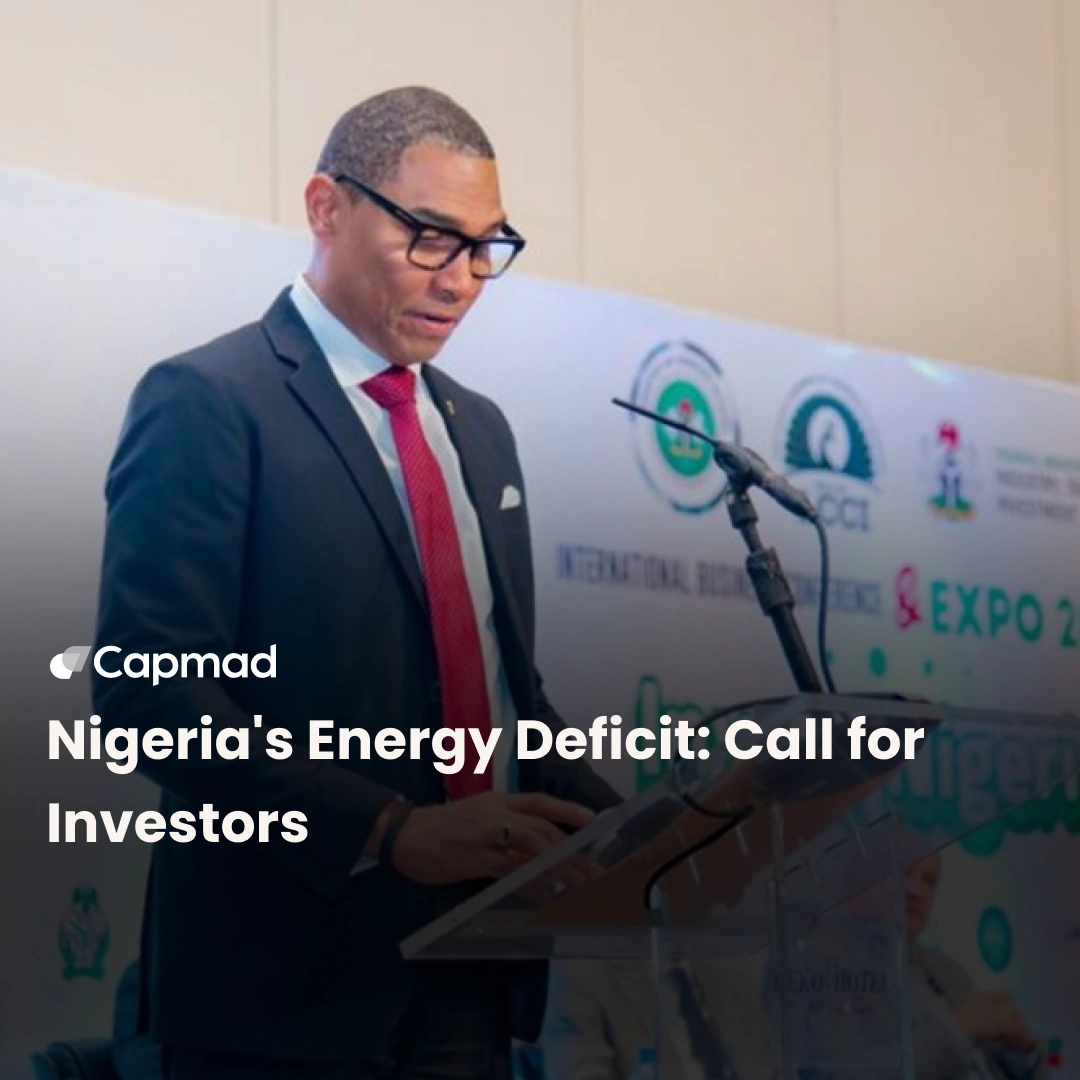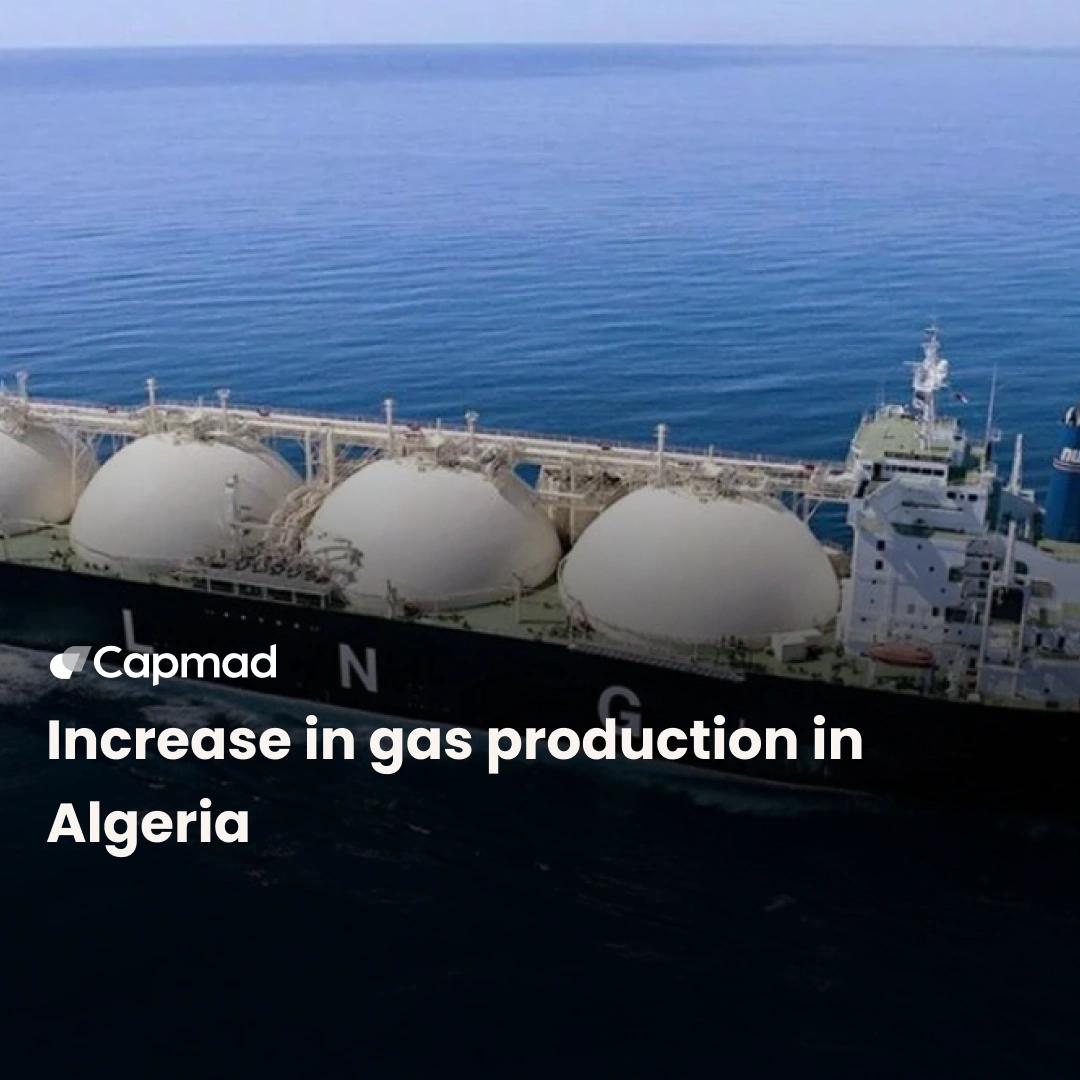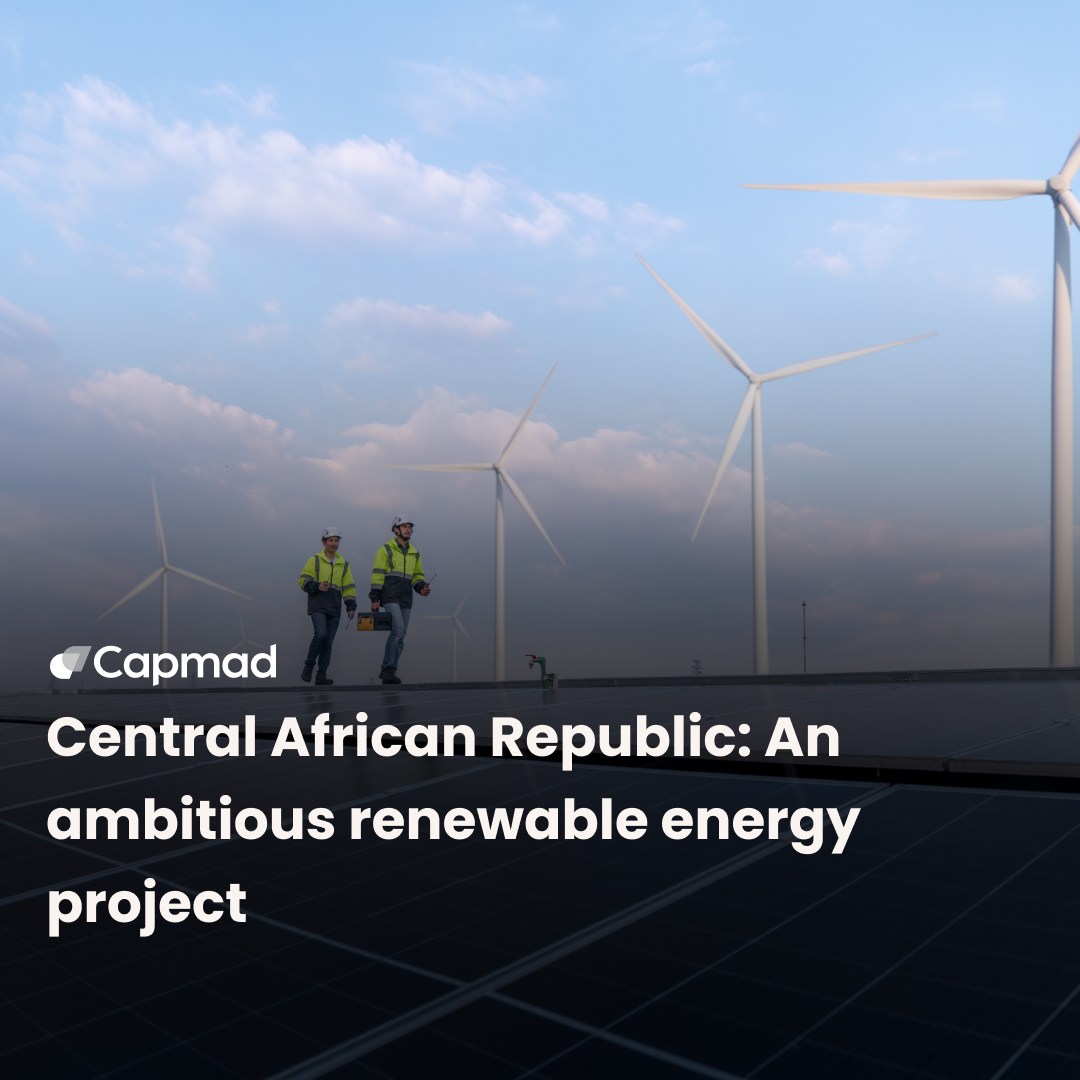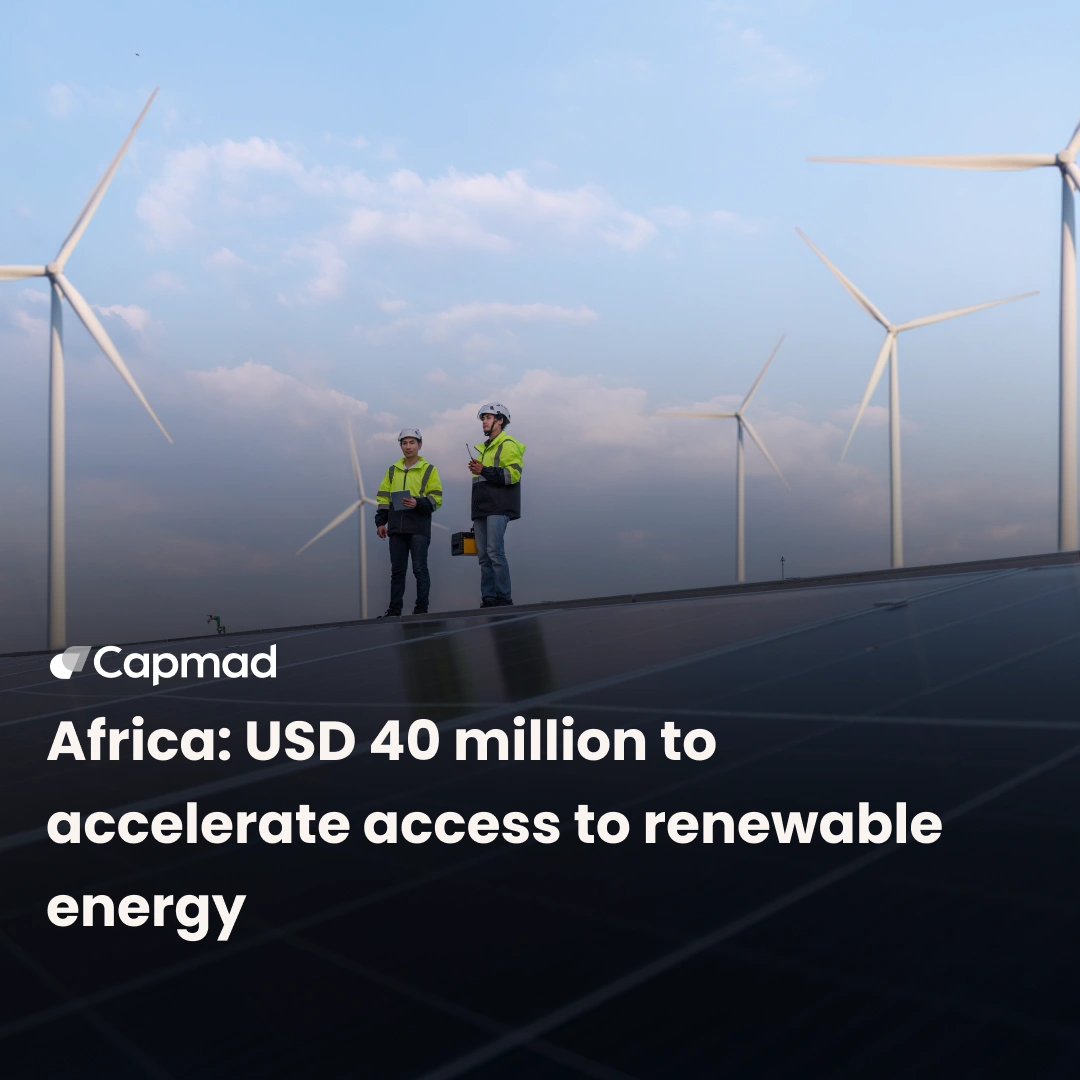The solutions to meet all green energy needs can be multiple. The actors, particularly Malagasy youth, are increasingly active in responding to this.
Promote environmental protection
The government and several private organizations are promoting volunteerism for environmental protection, youth engagement in combating climate change, promoting social equity, and sustainable peace.
Access to infrastructure and various types of energy is becoming more accessible today thanks to technological innovations and ongoing research. Green practices are not only an emerging trend due to climate change but also inevitable due to inflation, impacted by various crises.
In 2010, purchasing coal in bulk for the daily needs of a household of 5 people was possible for 100 MGA (0.02 USD). Currently, the cost has quintupled. A bag of charcoal costs 25,000 MGA (5.5 USD), while opting for eco-friendly coal or an improved stove, a family can save 15 to 20 % within a year.
Of course, these products are only available in major cities and in limited quantities, but this solution creates employment, adds value, and contributes to reducing greenhouse gas emissions.
Green entrepreneurship and renewable energy : Malagasy youth turn the problem into an opportunity
In 2021, 100 young entrepreneurs residing in Antsiranana were trained in producing eco-friendly charcoal briquettes. Aware of their region’s exploitable resources and climate change’s impact, these young people are turning the problem into an opportunity to offset firewood and conventional charcoal use. Indeed, charcoal cooking is one of the most sought-after energy sources in Madagascar, especially in major cities.
The volume of charcoal consumed in Madagascar reached 8 million m3 in 2015, while the rate of deforestation vastly exceeds reforestation ambitions.
On the sidelines of COP 27 in Sharm El-Sheikh, Egypt, young people are amplifying their voices by bringing solutions tailored to the population’s purchasing power and climate urgency. Solutions exist both in terms of waste management and in the use of electric and thermal resources such as solar energy.
Energy development projects in Madagascar
As part of its 2015-2030 energy plan, the Malagasy government and the private sector aim to revitalize the hydroelectric industry, which has considerable theoretical potential, and build small solar power plants in rural areas. The goal is to improve the quality of life in households and manage the electricity sector more efficiently with the assistance of international experts.
The largest hydroelectric project is the Sahofika power plant, located approximately 150 kilometers from the capital. Budgeted at 865 million USD, it would not be feasible without the financial support of the World Bank and the member banks of the IOC (Indian Ocean Commission). The plant will be built with a capacity target of 300 megawatts. Furthermore, German company Siemens has signed a long-term agreement to increase Madagascar’s electricity production capacity by 300 megawatts, including installing small mobile gas turbines for more optimized rural electrification.
Madagascar has abundant mineral wealth, including nickel, cobalt, chrome, titanium, and other heavy metals, but suffers from low prices for these raw materials in global markets.
The country also has a favorable environment for oil and gas deposits. The government has planned tenders for around forty offshore projects. However, developing new mining legislation to encourage investment has yet to be implemented.
Solar solution : Increasingly sought-after sustainable practice
In response to the resurgence of power outages in major cities, investing in renewable or solar energy is a sustainable and attractive solution in Madagascar.
Solar kits have expanded over the past three years from lighting to powering electrical appliances and cooking. Depending on daily energy consumption and, most importantly, the quality of the products, a kit ranges from 66 USD to tens of thousands of USD.
However, access to these solar products requires investment for businesses. It is not easy for the purchasing power of 80 % of the population. Fortunately, some banks and microfinance institutions offer loans to those taking risks in renewable energy projects. Nevertheless, access to the product could be made more accessible by reducing import taxes and prioritizing local solar equipment production.
Stake for Madagascar in energy
Renewable and solar energy in Madagascar is a growing opportunity. The island benefits from over 2800 hours of sunlight annually, offering a potential of 2000 kWh/m²/year solar energy production. Companies such as Greenline Energy Madagascar and Solarmad specialize in this technology.
Initiatives such as the 20 MW Ambatolampy photovoltaic solar power plant and the 1 MWc Vohémar solar power plant demonstrate the country’s commitment to energy transition. Moreover, autonomous installations such as solar generators are multiplying, facilitating access to electricity in line with government and energy ministry objectives.
However, the island remains dependent on imported fossil fuels, and solar energy represented only 0.03 % of primary energy production in 2020. The goal and challenge for businesses are significant, but the ambition is present for complete rural electrification.
Green energy and consumption patterns
Green energies, also known as renewable energies, are types of energy with an inexhaustible source and low environmental impact. They are generally generated from natural resources to reduce environmental impact.
Greenest energy
In terms of Madagascar, several types of green energies are exploitable:
- Solar energy : With an annual sunshine duration of over 2800 hours, the island offers considerable potential for solar energy production. However, despite this potential, its utilization remains modest.
- Hydropower : Madagascar has significant hydropower potential thanks to its numerous rivers. The country aims to revive the hydropower industry, notably with projects like the Sahofika power plant.
- Biomass energy : Biomass, mainly wood, is an important energy source for the Malagasy population. Initiatives for the production of ecological charcoal are also underway.
- Wind and marine energy : Although less exploited, these energy sources represent exciting avenues for the future, considering the island’s geographical location.
On the large island, these different sources of green energy constitute an alternative to traditional energy sources and are at the heart of the energy transition the country envisages.



